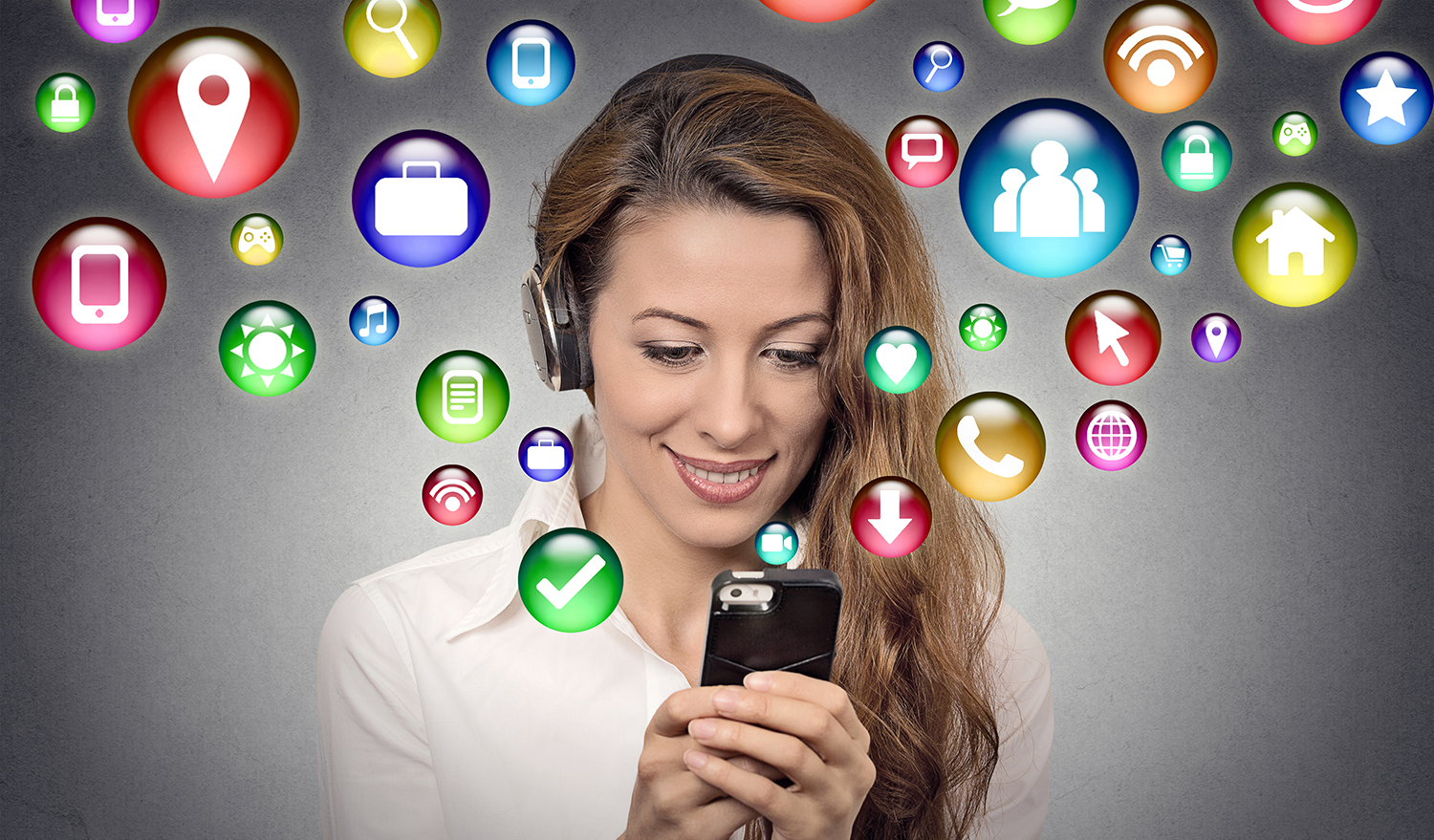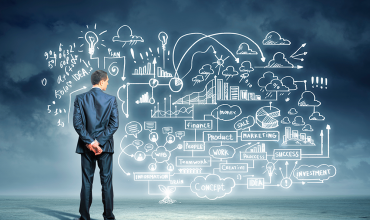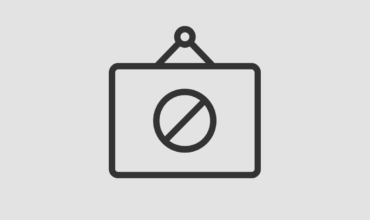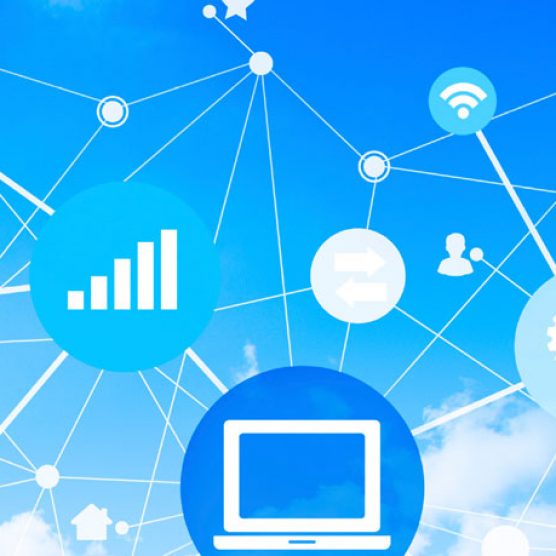Defining the Loyal Customer with Data

What is a “loyal” customer?
The loyal customer is a person who keeps coming back for more. This customer frequently browses, shops and supports your company. A loyal customer may consider other competitors, but often chooses your company when making purchases.
In other words, a loyal customer is your favorite kind of customer.
Why is defining the loyal customer with data helpful?
Companies should market to all types of consumers. However, marketing to loyal customers can give a business an edge when making sales.
The loyal customer also tends to be a more valuable customer. Selling to existing customers is about 50% easier than selling to new customers, according to Marketing Metrics. Loyal customers also churn a greater profit, according to Gartner Group. In 2012, the group found that 80% of a company’s future revenue comes from 20% of existing customers.
Brick-and-mortar loyalists
In small mom-and-pop shops or some brick-and-mortars, labeling the loyal customer can be easy. For example, I frequent my local brick-and-mortar Starbucks so often that the baristas have my order memorized. When I walk through the franchise’s doors, I am greeted with a friendly “Hello Savannah!” followed by, “Grande vanilla soy latte, right?”
Because I am face-to-face with my Starbucks baristas every day, my baristas can easily discern that I am a loyal Starbucks consumer. Because of this, they offer me a personal greeting and predict my order. This makes my experience more enjoyable and convenient.
But what about entities that aren’t privy to daily face-to-face interactions?
Digital loyalists
 Determining loyal customers across digital entities can be a little more dynamic. With a significant portion of sales happening over the Internet, discerning which customers are loyal is important. However, it is not always as basic as face recognition.
Determining loyal customers across digital entities can be a little more dynamic. With a significant portion of sales happening over the Internet, discerning which customers are loyal is important. However, it is not always as basic as face recognition.
Companies can analyze big data from their online sales to determine which customers are loyal. Integrating data and marketing can be more effective than remembering names and faces.
In the aforementioned Starbucks example, defining loyal customers can help a company personalize shopping experiences. This personalization is not limited to in-store interactions. Marketers can offer the same personalized greeting and predictive product suggestions digitally via email, SMS or website.
Marketers can use data several different ways to determine which customers are loyal. Special membership programs are the most obvious way to discern which customers are loyal. These CRM systems generally require customers to share personal information in exchange for special offers or discounts. Personal data is compiled to create a personalized customer profile. Companies can also use specific metrics to determine which customers are loyal. Metrics can track how many purchases a customer makes, and determine whether they are a one-time buyer or a loyal customer. Marketers can also use metrics to see which customers are opening, sharing, or unsubscribing to online content.
Adjusting personalization for one-time shoppers vs. loyalists
Distinguishing loyal customers can also help a company shape their marketing strategy. Businesses may change the way they market based off how likely a customer is to be a return customer.
Starbucks is one of those companies that adjusts its marketing strategy according to a customer’s loyalty. According to Business Insider, the coffee company offers most of its special offers to consumers who are not as likely to be return customers. Starbucks tries to attract these irregular buyers with these special offers, whereas it doesn’t feel the need to woo loyal customers because these loyalists do not require special offers to buy from Starbucks.
However, Starbucks does not ignore its loyal customers. Through its rewards program, Starbucks offers different types of offers for customers that are more loyal. Offers for Starbucks Gold members – the most frequent Starbucks customers – encourage further purchases from a sect of consumers who are already frequent buyers. For example, customers at the Gold level have access to free in-store refills – a privilege reserved only for Gold members.
Through this unique type of personalization, Starbucks plays the marketing game based on the strength of its consumer relationships. If you’re intrigued about incorporating customer data in marketing, learn about clickstream data in an automated world.





